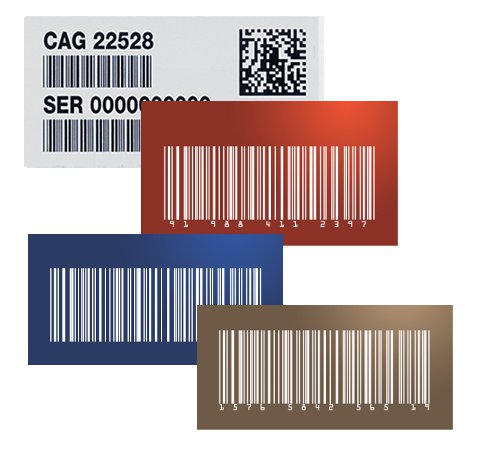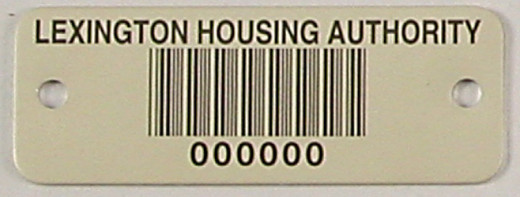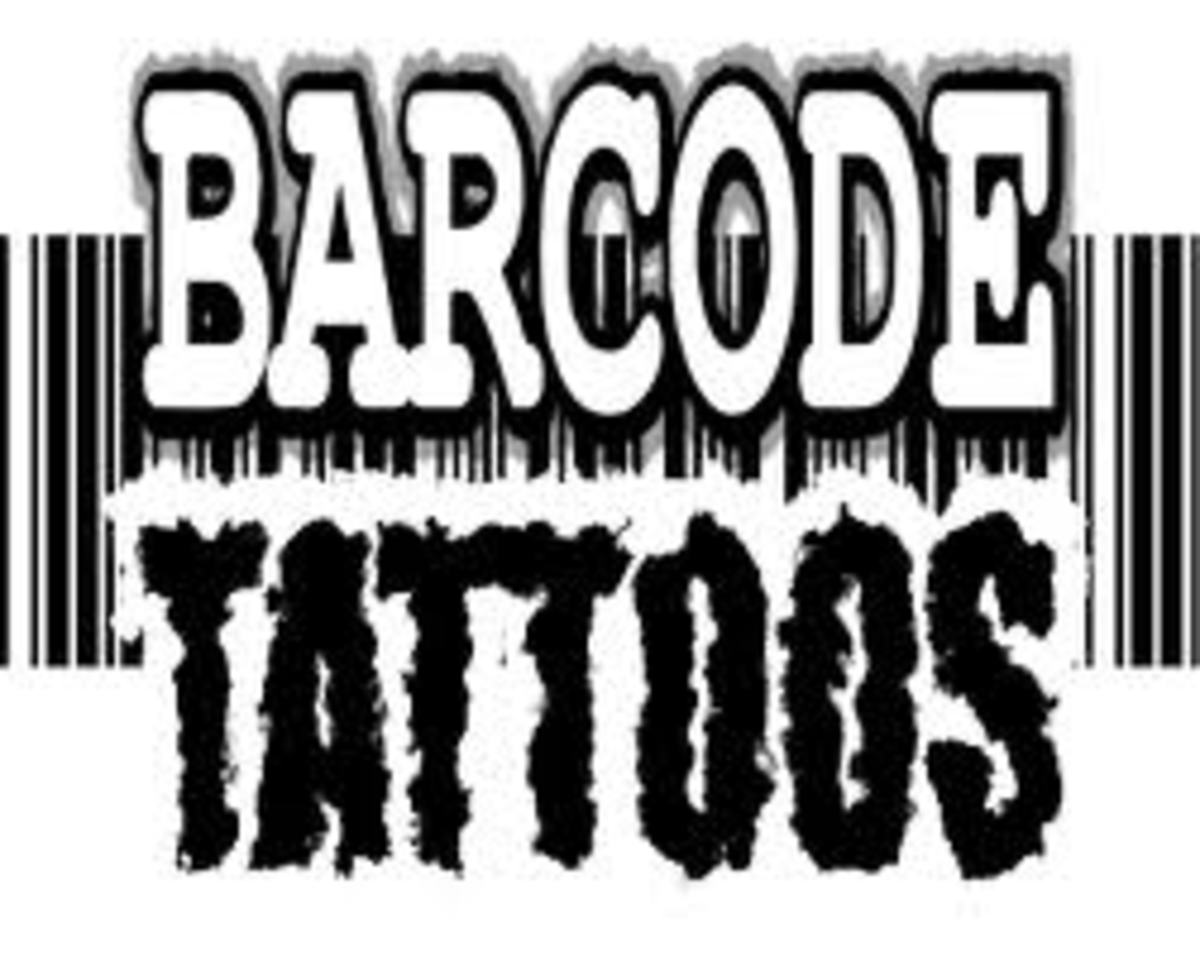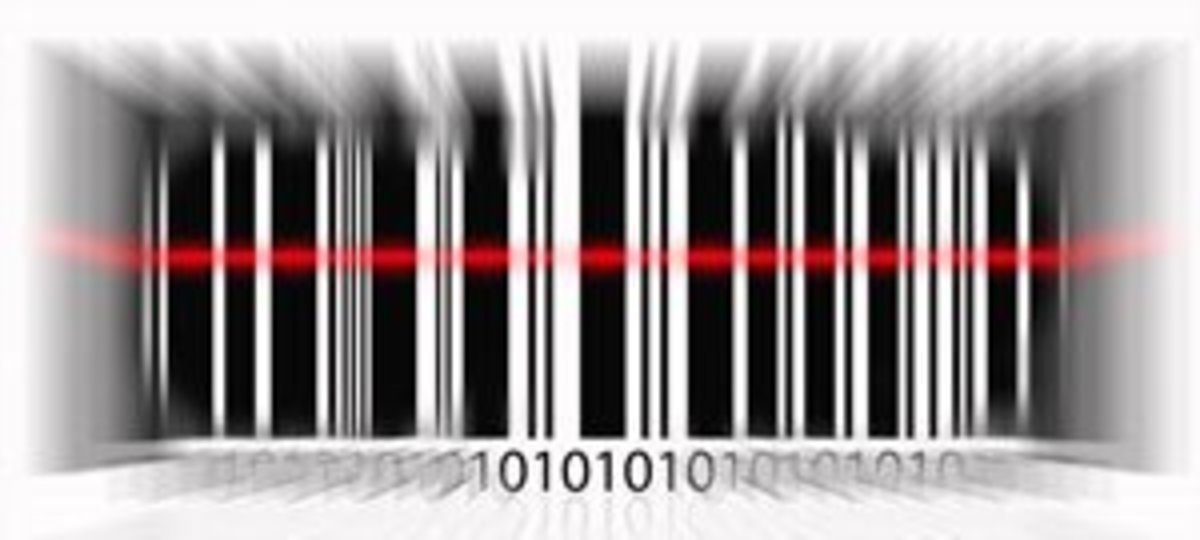When and How Barcodes and UID Plates and Tags Benefit Businesses

Businesses everywhere require tags and labels for many things, and some of these tags and labels use coded information on them. Depending on the item that needs these tags, you will find that barcodes and UID plates are sometimes used in the place of labels with codes. These are essentially similar to labels but are made with the use of metal plates. This is when the items these tags are to go on are known to be exposed to rather harsh conditions.
Using metal tags on products or assets is often done when there is a possibility of exposure to heat, extreme cold, inclement weather and other similar conditions. This happens when the use of regular tags may not be suitable since the materials used for these may simply deteriorate due to the elements these are being exposed to. But our topic is about the use of barcoded tags and what benefits businesses get from such usage.

Where Coded Tags are Used and Why
Barcoded tags, whether these are made out of metal, paper, cardboard, plastic, or any other tagging material, are used everywhere. The use of these can be for many things that include asset and inventory tracking, for POS use, and for maintenance purposes, among other things. The main reason why such coded tags are used is for the convenience that the barcodes on these bring.
What makes barcodes and 2D codes convenient and useful to many businesses? This is because loads of information can be stored and gained from these tags, and all with the use of what is called a barcode scanner. Also called an optical scanner, these can discern what is written on these tags when you beam this handheld device onto a tag with these codes. It can read the embedded information in these compact codes, and translate it into readable information, which can be used by whoever is doing the scanning.
The use of these tags have made a number of things easier to do, and faster as well. For example, in the past, grocery stores do not have price tags that carry these codes on them. Instead, they have tags that have the cost of the item in numerical form. These are then encoded by the cashier into a cash register in order for these to be calculated along with the other things being bought, before it can be considered sold. This can take a bit of time to do since everything is done manually.
With the help of barcodes and tags that carry these, you can simply run the code over a scanner and the price of the item, along with other details like quantity and brand, can be fed into the cash register, which then totals your purchase. Apart from making the act of adding up the cost of your purchases easier and quicker, this particular process also helps make inventory and tracking easier since the computer calculates the sale against the current stock that the store has. This will help the store restock as soon as stocks are low, and to see buying trends with how quickly certain products are being purchased by consumers.

Other Benefits Businesses Can Get from Barcodes and UID Plates and Tags
Speeding up the selling process and knowing how many of any item is in stock are just a couple of the benefits that a company can get when they use these coded tags. There are many other benefits that can be gained from these, and all of these aid companies in various ways. For instance, if a company wants to know when preventive maintenance needs to be done on a piece of equipment, they can have alerts put on the information regarding these items, and a simple scan of the tag on the item will tell them when the next maintenance is supposed to happen. You can also have alerts programmed into your computer so that you will be alerted when maintenance for specific equipment is due.
Another benefit that can be gained from these tags also include getting detailed information about an item without needing to have a rather large sheet or tag going onto the item itself. A small barcoded sticker or metal nameplate will suffice, and a scan of the tag will bring up detailed information on the item being scanned with the help of a computer. You can also use these tags to help deter theft since you can choose to have these tags carry your company’s name on it along with the barcodes on them. If these are attached with screws or rivets, it would be difficult for anyone to remove these, thereby discouraging them from even trying.







